The Ancient Corinthian Colony Amvrakia and Its Mother City Corinth





The genetic affinities between ancient Greek colonies and their mother cities provide fascinating insights into the migration patterns and cultural transmissions of ancient civilizations. The study of Amvrakia, a significant Corinthian colony in western Greece, highlights these connections beautifully through advanced archaeogenomic techniques that reveal the complex tapestry of ancient population movements.
Many of the peoples we study — Celts, Greeks, Scythians, or Etruscans — live on not only in culture, but in the traces of their DNA. Seeing where your genome intersects with theirs can make history feel surprisingly close. You can explore this at www.mytrueancestry.com.
Founded in the 7th century BCE, Amvrakia was strategically situated by the Arachthos River in Epirus, in what is today Arta, Greece. This thriving settlement was deeply tied to Corinth, which had established its trading post as early as the 8th century BCE. This strategic outpost linked southern Greece with the mainland of Epirus, paving the way for political and economic exchanges that fundamentally shaped the colony's development and cultural identity.
The Corinthian colonization process, evident in the rich archaeological remains, stands as a testament to the vibrant interactions between the metropolis and its distant colonies. Archaeological excavations in Amvrakia and its neighboring sites have yielded a remarkable tapestry of grave goods, pottery styles, architectural remnants, and skeletal remains, providing concrete evidence for comprehensive genetic studies and revealing strong Corinthian material culture influences.
Through cutting-edge archaeogenomic research, scientists uncovered that Amvrakia's founding population was influenced by migrations from two distinct sources. The first was from the Corinthian territory, echoed by the Tenea population during the Archaic period. The second derived from local populations of the Late Bronze Age in nearby sites such as Ammotopos, creating a fascinating genetic confluence.
Genomic analysis of remains from both Amvrakia and Archaic Tenea suggests shared ancestry and clear evidence of population movement from Corinth to Amvrakia. The genetic pool of this ancient colony represents an intricate blend of Corinthian migrants and indigenous Greek populations, demonstrating the complex nature of ancient colonization processes.
Comprehensive genetic analyses revealed shared Identity By Descent segments between individuals from Amvrakia and Tenea, providing compelling molecular evidence for their common origins. This genetic connection strongly supports historical accounts of Amvrakia's dependency and close ties with Corinth. The shared genetic legacy testifies to both cultural and genetic syncretism at the foundation of Amvrakia, contributing to its unique regional identity.
The study examined genetic material from 24 individuals from Amvrakia spanning from the Archaic to Hellenistic periods, offering a rich temporal perspective on population dynamics. Among the fascinating discoveries were family relationships, including sisters and their kin, and even a mother and son pair from Tenea, weaving together individual stories within the broader narrative of colonization.
In subsequent periods, the population of Amvrakia exhibited slight genetic differentiations while maintaining a continuous genetic thread connecting it to its Corinthian origins. This continuity provides evidence of Amvrakia's evolving demographic landscape, influenced by both indigenous and Corinthian genetic inputs, as it adapted through the Classical and Hellenistic eras.
During the Classical period, despite some genetic differentiation from the Archaic period, strong indicators of continuity remained evident. Genetic markers revealed local inbreeding practices within restricted social circles, corroborated by historical records. As Amvrakia transitioned into the Hellenistic period, it evolved into a bustling cultural hub, drawing influences from across the Mediterranean world.
The genetic analysis painted a vivid portrait of Amvrakia's ancient inhabitants, suggesting a population with predominantly brown eyes and hair, combined with intermediate skin tones typical of Mediterranean populations. Interestingly, none of the ancient individuals showed lactose tolerance, indicating that dietary adaptations common today developed much later in human history.
Beyond genetics, the research provided glimpses into ancient health practices. While systemic pathogens were not detected in the skeletal remains, DNA from oral bacteria linked to severe periodontal disease was discovered, offering insights into the dietary habits and oral hygiene practices of these ancient communities.
The colonization of Amvrakia represented far more than a simple transplantation of Corinthian people to a new territory. Instead, it exemplified an intricate synthesis of cultures and genes, resulting in a distinctive regional identity that maintained connections to both Corinthian heritage and local Greek traditions. The genetic flow from Corinth, combined with local inputs during the colony's foundation, reflects a broader narrative of complex interactions and exchanges.
Archaeological evidence from grave sites reveals intimate genetic connections between local populations and Corinthian migrants, suggesting that the initial genetic pool of Amvrakia was shaped by both groups. This genetic landscape evolved gradually, with Corinthian settlers contributing significantly to the foundational genome while intertwining with existing local populations.
https://www.biorxiv.org/content/10.1101/2025.07.01.662689v1
Discover how your DNA connects to ancient civilizations at www.mytrueancestry.com.
Comments